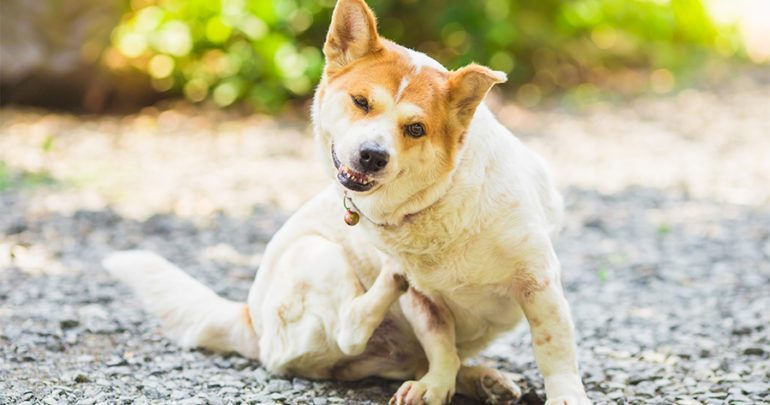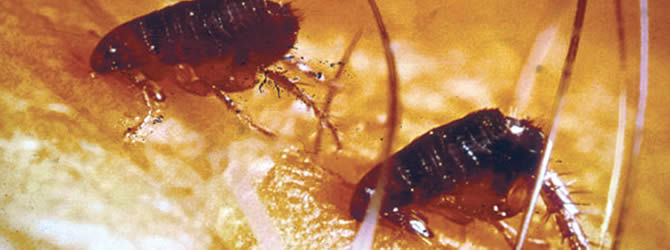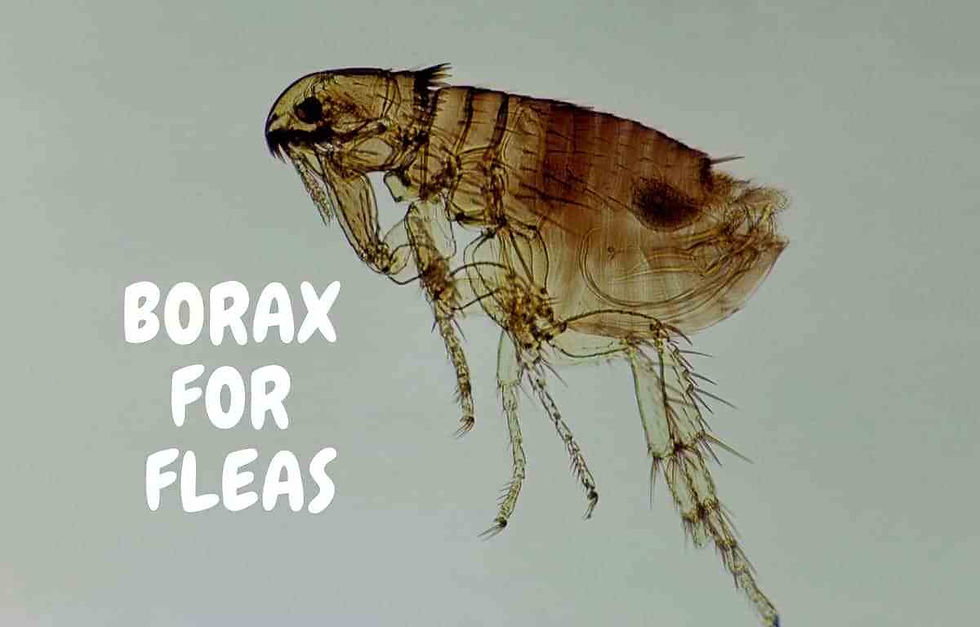Flea Problem, Prevention, and Treatment for Fleas
- Impressive
- Nov 18, 2019
- 3 min read
Do You Have an Itching Sensation that Your Family Dog May Have a Flea Problem? A flea problem can actually sneak up on you when you are least expecting it. One day your Rover is just going about his normal doggy life, the next he’s the main course of a growing parasite community.
All jokes aside, however, a flea problem is no laughing matter. We need only remember the Bubonic Plague to be reminded that fleas and ticks are disease carriers as well as parasites. So getting rid of fleas is not only important because of the social stigma involved, but also for health and hygiene reasons.
So what should you do if you do to avoid having your dog’s flea problem become your flea problem?

Prevention, Prevention, Prevention
The first line of defense in any fight against the disease should be prevention. Regular yearly trips to the Vet are a good general practice. Most Vets will apply or recommend chemical agents that ward off most fleas and ticks. Be sure to apply these as recommended or follow a detailed guide to flea prevention.
Nevertheless, these measures are not always winning. You should also monitor your dogs and cats—especially if they are outdoor pets part of the time—for the signs of an immersing flea problem.
What are the signs your dog may have fleas?
At the risk of being a master of the obvious, if you notice you’re dog itching himself more frequently and deeply than usual, this may be a sign of fleas. Since, however, excessive itching may also be a sign of skin allergies you will want to examine further.
The prime real estate for fleas on a dog’s body is the neck and rear area. Examine these areas closely. The creature you are looking for is a tiny insect with a small flat body and six long spider-like legs. They will tend to stay still and then jump suddenly. If you don’t see any, look for the droppings they leave behind. Sometimes your dog’s skin will also look visibly irritated.
If you spot any actual fleas, it is important to remember they are just the tip of the iceberg. The vast majority of fleas will not have reached maturity yet. In other words, the time to act is now, before you have a full-blown flea infestation.
What is the treatment for fleas?
The treatment is not so difficult. You simply get special flea killing shampoo and give your dog a bath. Then another bath the next day, and so on and so on until you have completely eradicated your pet’s fleas.
It is important to remember, however, that fleas also make their homes in the beds and carpets where your dog spends much of his time. So you will want to carefully vacuum your house on the same day that you wash your dog. This is also when you will want to spray anti-growth spray and put out your flea bombs. This will allow you to get as many of the fleas as possible so that the fleas don’t just jump back on your pet.

Regardless of how well you do, you will almost certainly have a second outbreak in about a week’s time. This is because fleas develop like butterflies, going from a pupa to a larva to a flea. Although you can kill fleas and pupae, the larval stage involves the future flea weaving a protective shell that prevents the insecticide from harming it. Because these larvae tend to hide in corners and deep in nooks, vacuuming will probably not reach them either. So be prepared to go through this process on several occasions until you get no further outbreaks. You can hire Hobart Pest Control professionals to inspect your property if it is the first time and you are not recognized with flea appearance.
This may end up being an inconvenient process but it will be well worth it, not only for Rover’s well-being but also for your own peace of mind.




Comments